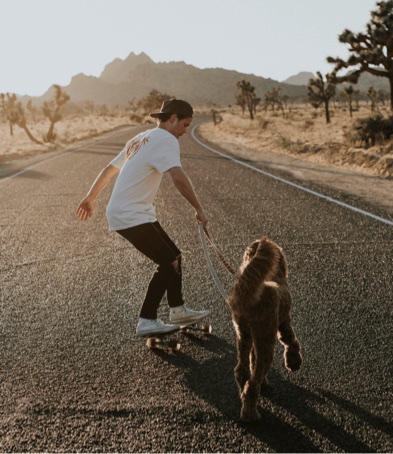5 Things to Do in Little Tokyo, California
Never been before? We’ll be your trustee Little Tokyo guide with a day’s worth of fun things to do in Little Tokyo.
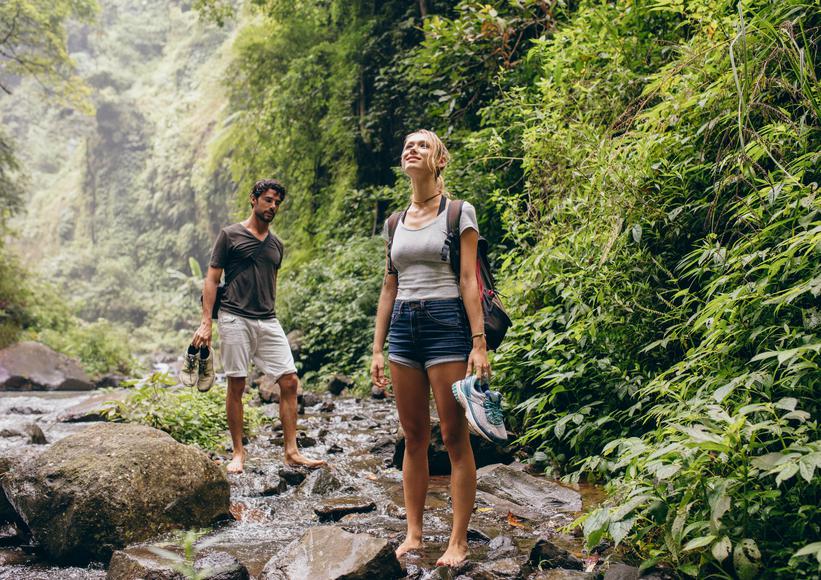
Barefoot hiking has gone from being a kooky and playful trend to a scientifically researched practice with a plethora of health advantages.
Walking barefoot might be something you do at home, but many take it all the way to the great outdoors, making it an integral part of their fitness routine—would you care to join them? Also known as ‘earthing,’ barefoot hiking has gone from being a kooky and playful trend to a scientifically researched practice with a plethora of health advantages.
For one, walking without the constraint of shoes opens up a world of new sensations. Just think back to your toddler days when you were just learning to walk. Didn’t everything feel new and exciting on your bare skin? Parents are always encouraged to let this process happen naturally without shoes so that the senses are developed to their full potential. But why should toddlers have all the fun? Whether you’re entertaining your inner child or trying out a new way to traverse California’s scenic trails, barefoot hiking will heel you; body and soul.

Before embarking on your hiking adventure, it's beneficial to awaken your feet to enhance your sensory perception. Try wiggling your toes and attempt to move them individually—you might find it challenging to distinguish movement between your second and third toes initially. Explore various exercises to flex your foot and engage with parts of it that might have gone unnoticed; remember, your foot is a complex structure with 26 joints, along with additional movable joints connecting those bones. Familiarizing yourself with the diverse movements of your feet can increase their agility and improve their ability to absorb impact effectively.

Does your business rank among the best in California?
nominate a businessLearn more about our selection criteria and vetting process.
This advice holds particularly true for those who are newcomers to barefoot hiking. Specialists recommend engaging in daily practice sessions of about 10 minutes rather than attempting a full hour weekly. The idea is to progress gradually to avoid unnecessary frustration, such as irritation with a stubborn pinky toe that won't move as desired. Incremental practice is crucial as it allows your feet to gradually adapt and change. It's essential to listen to your body and nurture it patiently, instead of rushing the process.

Embark on a leisurely stroll and pay attention to how the weight distributes across your foot—this serves as your base. Observe the initial point of impact and the subsequent path it takes through your foot. If you notice the weight transferring directly from your heel to your big toe, consider experimenting with different weight shifts. Aim to adjust your stride so that the weight moves from your heel towards your little toe, then spreads across to your big toe. This adjustment is crucial because the bones located on the outer side of your foot are the most substantial and are optimally designed to bear your body's entire weight.
Indeed, considering the myriad of germs in our environment can be unsettling, but in the absence of broken bones or open wounds, there's generally no cause for alarm. Our skin serves as a natural barrier against external threats, and interestingly, a moist, dirty sock confined within a shoe is much more likely to be a breeding ground for bacteria. It's important to maintain awareness of your feet's condition and work towards overcoming the fear of germs for a healthier interaction with the world around us.
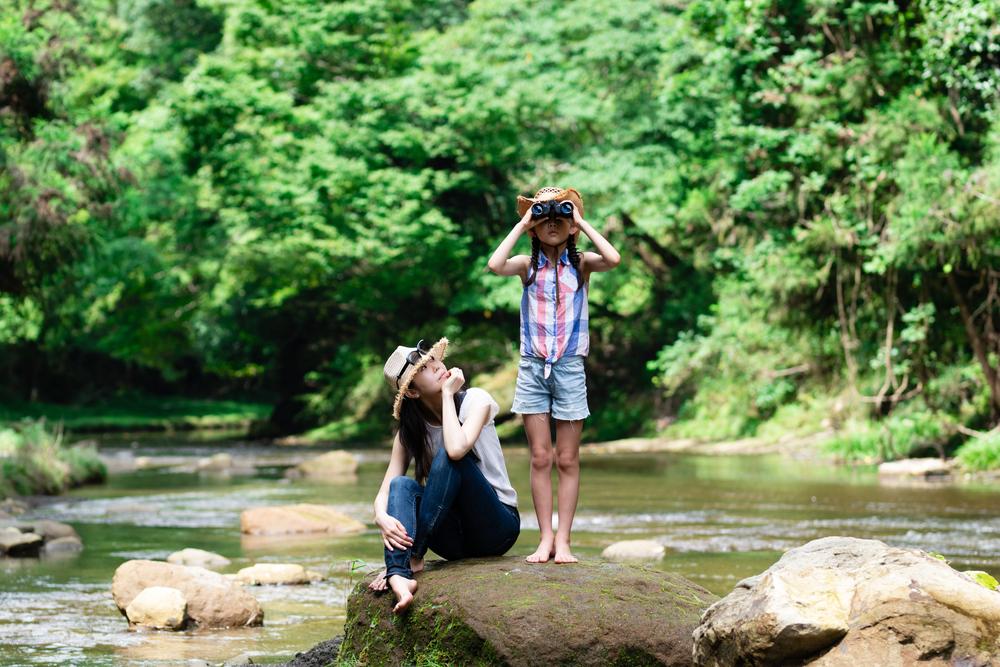
Seeking out softer terrains can greatly benefit your feet. While some enthusiastic barefoot walkers might navigate concrete terrains in their quest for adventure, many prefer the gentler touch of nature—after all, our feet already endure enough. There's something uniquely soothing about the sensation of lush grass or the warmth of beach sand beneath our feet, wouldn't you agree? For those just starting on their barefoot journey, opting for a grassy knoll or sandy beach could be ideal.
For those looking to seriously engage in barefoot walking and rack up some distance, consider utilizing the rubber track commonly found at local high schools. This surface is safe and relatively gentle, and once your feet become accustomed to its distinct texture, you'll find your stride with ease.
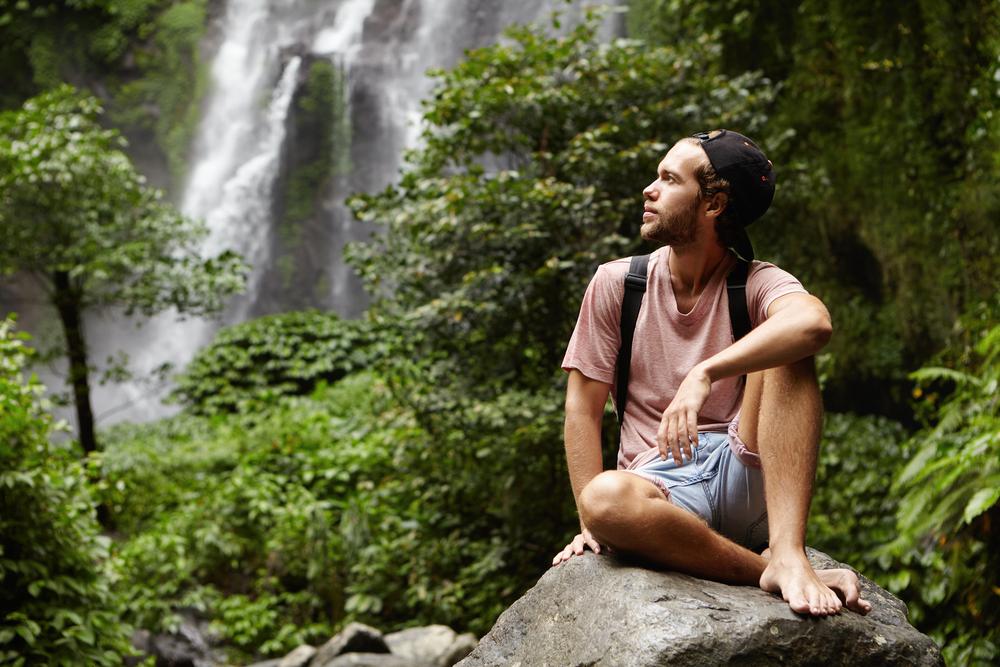
Location: King Range Wilderness, Ferndale
Hours: Sunrise to sunset
Parking: Available at the Nadelos Tenting Area
Difficulty: Moderate
Distance: 25.3 miles
Time: 3–4 days
Route: Point to point
Dogs allowed: Yes
The Lost Coast stands as a testament to California's untamed beauty, a section of coastline untouched by the advance of paved roads, offering a true test of endurance for your bare feet. This trail provides a unique escape, a solitude seldom found in the bustling, tourist-filled expanse of the Golden State. Here, you're far removed from the sight of lavish homes and the endless streams of traffic, surrounded instead by the raw and unspoiled gifts of nature.
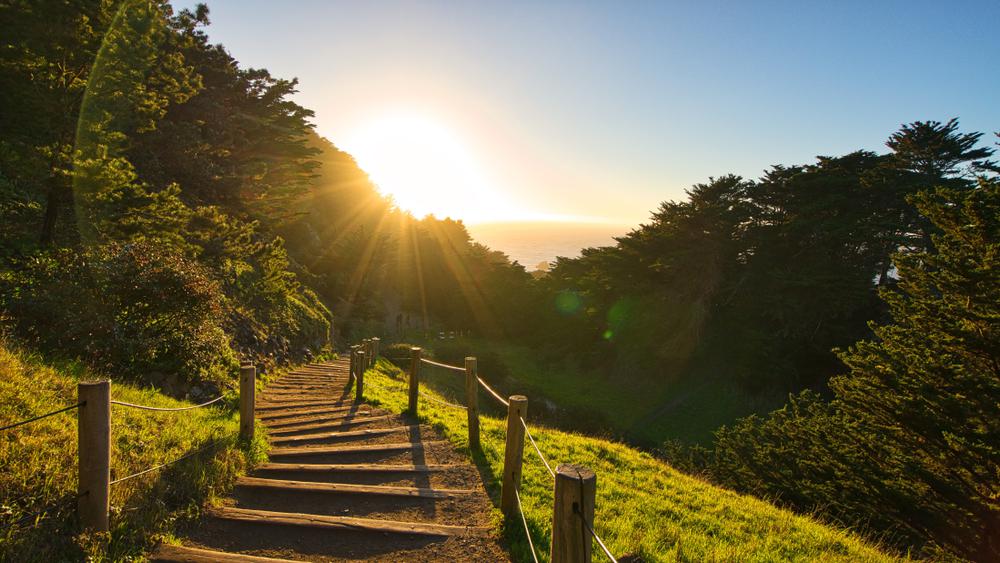
Location: Golden Gate National Recreation Area, San Francisco
Hours: Sunrise to sunset
Parking: Available at the trailhead
Difficulty: Moderate
Distance: 3.4 miles
Time: 2.5–3 hours
Route: Loop
Dogs allowed: On leash
One of the best places to barefoot hike in San Francisco is the beautiful Lands End Trail. With miles of scenic views, this hike provides fantastic vistas of the famed coastal terrain—it also lets you in on glimpses of the Golden Gate Bridge from many different angles.
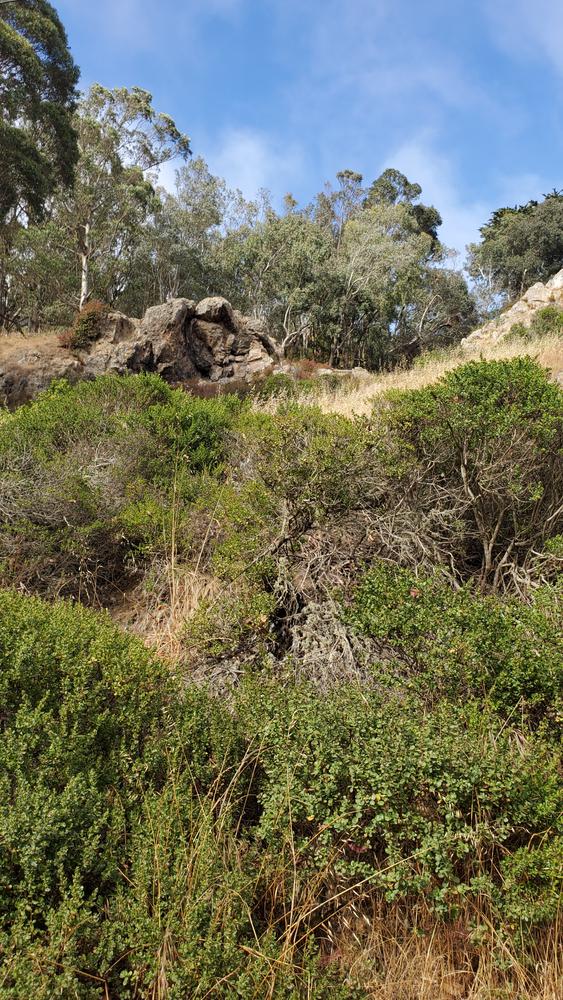
Location: Glen Canyon Park, San Francisco
Hours: Sunrise to sunset
Parking: Available at the park's entrance
Difficulty: Easy
Distance: 1.8 miles
Time: 45 minutes
Route: Loop
Dogs allowed: On leash
Glen Canyon Park is a 70-acre canyon sandwiched between the pristine neighborhoods in San Francisco. It’s lush and well-maintained, meaning that both you and your four-legged friend can enjoy it without worrying about damaging your legs and paws. If you’re a beginner, this is a great place to start practicing barefoot hiking.
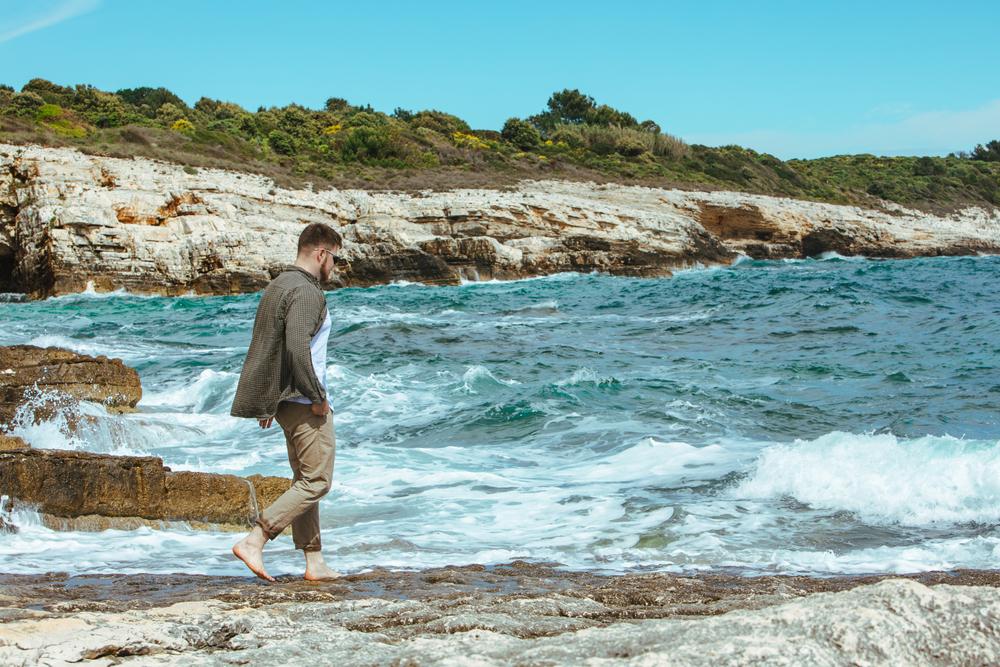
Location: Robert H. Meyer Memorial State Beach, Malibu
Hours: Sunrise to sunset
Parking: Available along the Pacific Coast Highway
Difficulty: Easy
Distance: 2.4 miles
Time: 1.5 hours
Route: Out and back
Dogs allowed: No
The delights of a long beach walk are cliched for a reason; nothing compares with strolling along the Pacific shoreline, coffee in hand. The renowned trio of strands—El Matador, La Piedra, and El Pescador—are the best barefoot hiking trails you’ll find along the beach, paired with glimpses of spectacular sunsets.
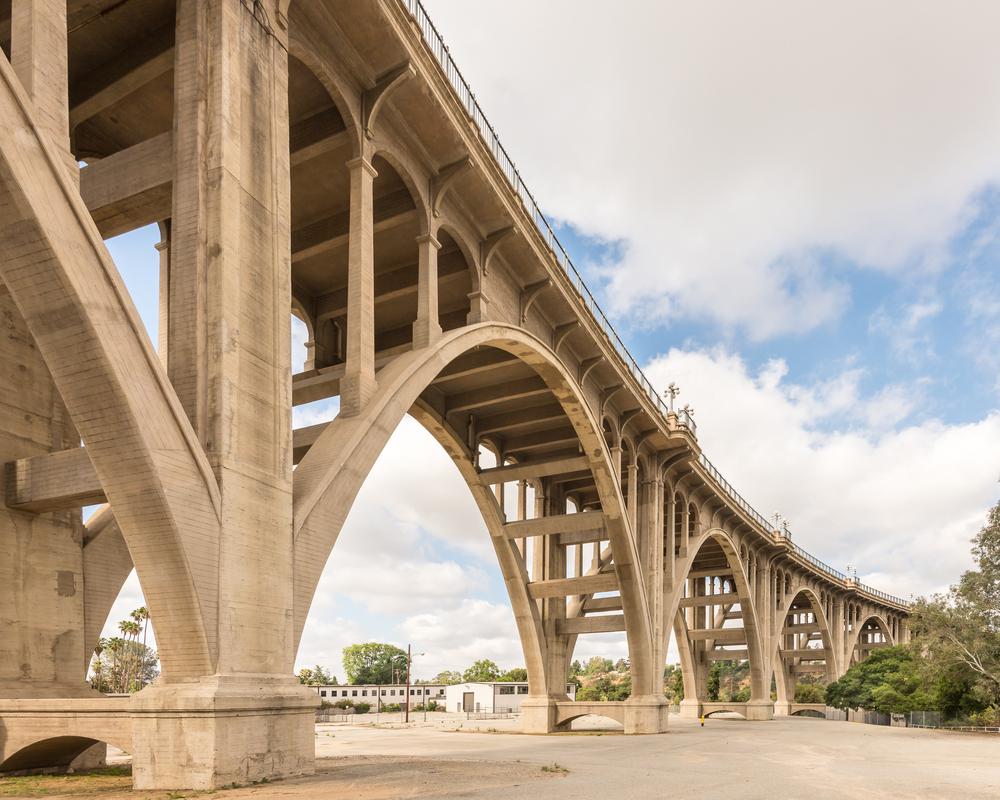
Location: Brookside Park, Pasadena
Hours: Sunrise to sunset
Parking: Available near the park's entrance
Difficulty: Easy
Distance: 3.1 miles
Time: 2.5 hours
Route: Loop
Dogs allowed: On leash
The charming Arroyo Seco Loop has a lot of stretches for you to ditch your shoes and hike barefoot. You can link up with power walkers, joggers, and casual strollers, and walk with them all the way until you reach Washington Boulevard. The mostly unshaded trail is pretty much accessible year-round, so you won’t have to worry about barefoot hiking in the winter.
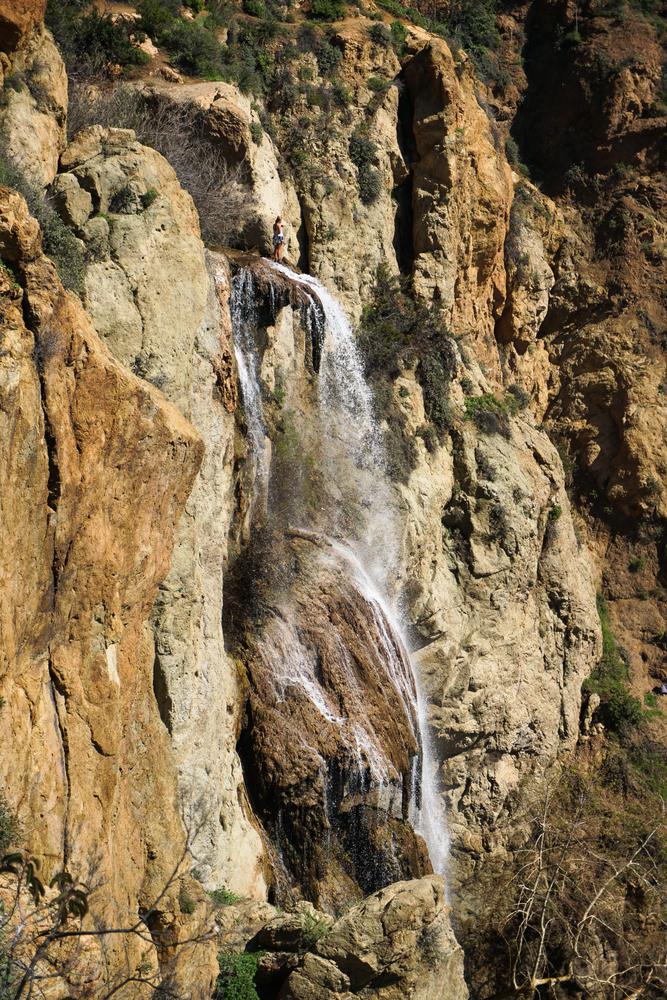
Location: Escondido Canyon Park, Malibu
Hours: Sunrise to sunset
Parking: Available at the PCH
Difficulty: Easy
Distance: 3.7 miles
Time: 1 hour 45 minutes
Route: Out and back
Dogs allowed: On leash
Exploring Malibu's Escondido Canyon, you're likely to be welcomed by its standout attractions—a captivating duo of waterfalls. What's remarkable about this trail, which is perfectly suitable for a barefoot hike, is its exceptional upkeep. The paths are so well tended to that you can stroll without a second thought about the well-being of your feet, allowing you to fully immerse in the scenic views surrounding you.


Never been before? We’ll be your trustee Little Tokyo guide with a day’s worth of fun things to do in Little Tokyo.
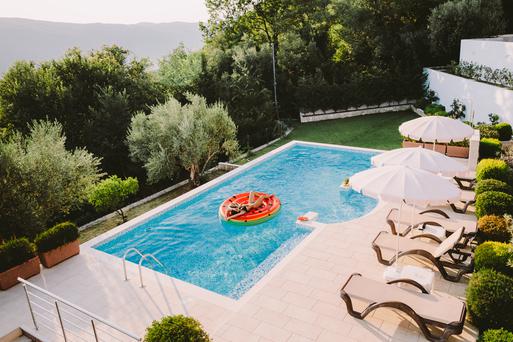
People go on Memorial Day weekend getaways as an indirect celebration of life. How do you plan on celebrating the long weekend?
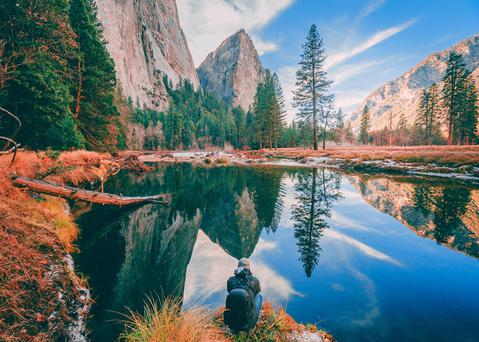
From undulating mountains, to coastal expanses, to verdant forests, here are some of the top spots for backpacking in California.
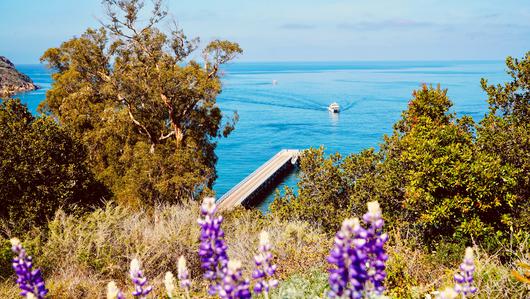
Settled off the California coast, the Channel Islands offer endless adventures. Here are the best things to do and how to get there.

